Services
Preventative Treatment:
Dr. Blanco will provide a thorough examination following a routine cleaning appointment. The doctor will strive to bond with your child to achieve a lasting relationship with him or her. The exam will include exploration of the child’s mouth and gums and a discussion regarding at-home dental hygiene. If the child’s teeth exhibit decay or other problems requiring further treatment, the dentist will discuss them with you at this time. If needed, an appointment will be set for a later date.

According to the American Academy of Pediatrics, every child should see a dentist by the time they cut their first tooth. The first dental visit should take place no later than the child’s first birthday. Helping your child get into the habit of regular dental visits early in life will set positive dental habits that will extend into adulthood. Routine dental cleanings and exams are necessary to help ensure that your child maintains a healthy mouth and good oral hygiene. Although care at home is also important, professional dental cleanings will help remove plaque build-up that can occur despite the best brushing and flossing methods.
During a routine check-up, the teeth of your child will be polished to remove any plaque build-up or tartar. Your child will be given a fun toothpaste flavor and allowed to watch a kid-friendly movie during the entire cleaning process. Our staff will also spend time going over the dietary needs of your child along with daily brushing and flossing routines. We will also give tips on how to properly brush and floss and what foods are best to eat.
Fluoride treatments at our office consist of a sticky varnish. This varnish adheres to the child’s teeth to prevent unnecessary ingestion. Fluoride treatments are generally applied at the end of each visit. They may be recommended more often if your child is especially prone to cavities. Your child is permitted to eat and drink immediately after a fluoride treatment, but you will need to avoid hard or sticky substances for four to six hours after the treatment. Fluoride is commonly used to keep children’s teeth healthy, strong and cavity-free. The dentist may discuss supplemental fluoride intake with you from sources such as fluoridated water, toothpaste and mouth-rinses.
Ketchikan Pediatric Dentistry is strongly committed to prevention and desires to help all patients grow up cavity-free. We strongly recommend sealing your child’s teeth. The application of a sealant is one of the easiest and most effective methods available today to prevent tooth decay. Dental sealants provide a barrier to protect against cavities and can be applied to baby molars, adult premolars and posterior molars. These sealants should be applied as early as possible to help prevent the formation of cavities. Chewing surfaces are the most likely places to develop cavities because toothbrush bristles are often unable to reach into the grooves of the teeth. Sealants help preserve these vulnerable areas by protecting them from food contact and the formation of plaque. Dental sealants cost less than traditional cavity fillings and usually last for several years before needing a re-application.
When your child begins playing sports such as hockey, football and basketball, you should invest in a high-quality sports mouth guard. Sports mouth guards are responsible for protecting your child’s adult teeth from fractures caused by trauma. While you can purchase over-the-counter sports mouth guards, a custom-made mouth guard will provide superior protection to your child’s mouth. Ask our office about a custom-made mouth guard for your child.
Operative Treatment:
Because the safety of our patients is our #1 concern, we use BPA-free composite fillings. These white fillings are safe for children and aesthetically appealing.
Stainless steel or White Zirconia crowns are sometimes recommended for children following a baby root canal or if a back baby tooth suffers from severe trauma or cavities. Because most baby molars do not fall out until the ages of 10-12, these crowns are recommended when traditional fillings are insufficient to protect the tooth from further damage until it falls out on its own. The differences between stainless steel and white crowns are mostly color preference. The pros and cons of each type of crown will be discussed with you to help you make a good decision for your child.
More about White Zirconia Crowns

A cavity involving the nerve, or pulp, of a tooth may cause excruciating pain for your child. Although the pain may be manageable using painkillers such as ibuprofen, it will keep recurring until the underlying problem is resolved. When the nerve of a child’s tooth has been infected, it must be treated to restore health to the child’s mouth.
Pediatric root canal therapy is designed to maintain the integrity of the affected tooth to prevent premature loss. The early loss of posterior (back) teeth can lead to future problems with the placement and eruption of adult teeth. To avoid the difficulties inherent with crooked or impacted adult teeth, proper root canal treatment is needed to avoid the premature loss of primary molars. Dental caries and traumatic injury are the primary reasons for pulp therapy in children. Due to the loss of tooth structure involved in teeth requiring pediatric root canal therapy, full coverage restoration such as a pediatric crown is necessary.
A damaged front tooth sometimes requires a cosmetic filling. Fractured permanent teeth are common injuries in adolescent children and may require a simple bonding procedure similar to a filling. With a bonding procedure, however, there is no decayed matter removed during the process.
Extractions are commonly performed on pediatric patients to address extensively decayed non-restorable teeth or orthodontic problems. To help make the procedure as comfortable as possible for your child, we may recommend the inhalation of nitrous oxide (laughing gas) and a local anesthetic. If your child is anxious, oral or IV sedation can also be offered in the comfort of our office.
There are many reasons why wisdom teeth may be recommended for extraction. If there is enough room in the mouth for them to come in the correct alignment there is no need for extraction; however, more often than not, this is not the case. A wisdom tooth is extracted to correct an actual problem or to prevent problems that may come up in the future.
There are two general types of frenectomies: either a tongue or lip attachment frenectomy. Your child may be referred by their physician for a frenectomy consultation either as a newborn due to feeding issues or around the beginning of speaking age, approximately 3 years of age, due to speech-delay if ankyloglossia (tongue-tied) is suspected.
Your child may be recommended for a lip frenectomy if the tissue attachment of the lip extends between the two front teeth causing a gap. Typically, a lip frenectomy is done after the eruption of the upper canines because spaces in the top front teeth tend to close after the eruption of the permanent canines.
Oral Appliances:
If a baby tooth is lost prematurely, Dr. Blanco may recommend a space retainer to preserve the gap for the adult tooth. Space retainers help prevent shifting of the teeth and the crowding of adult teeth.
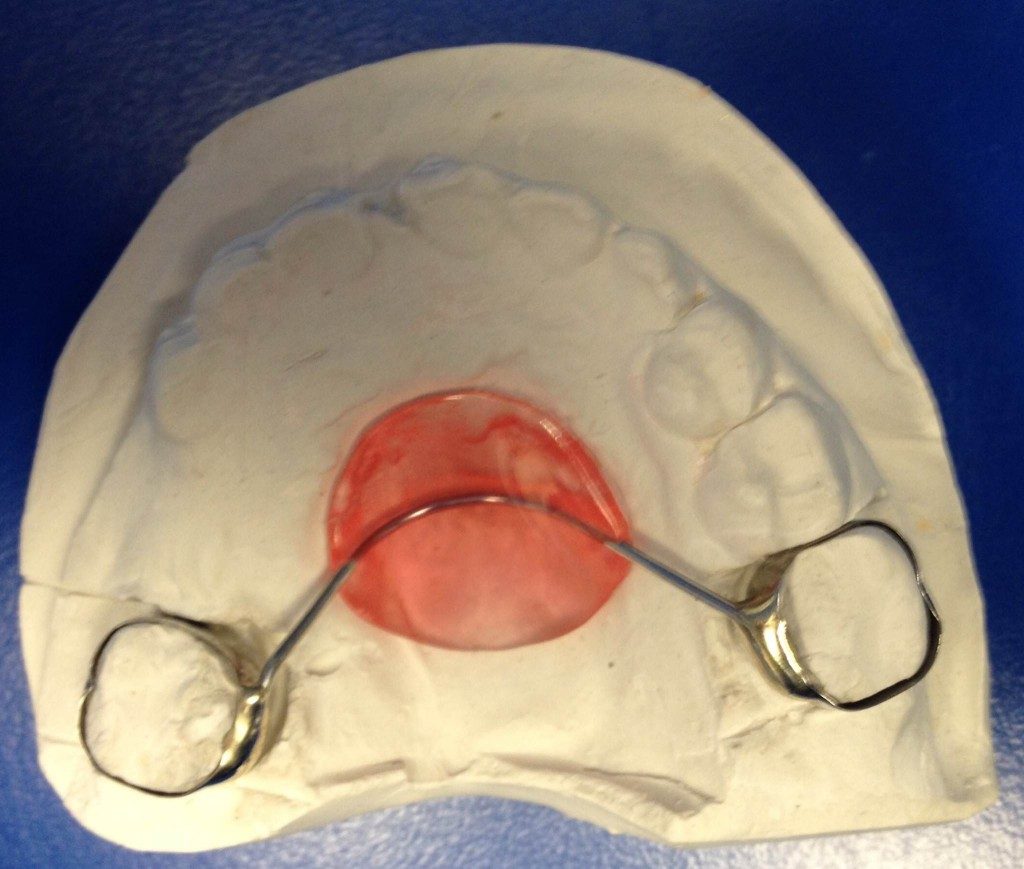
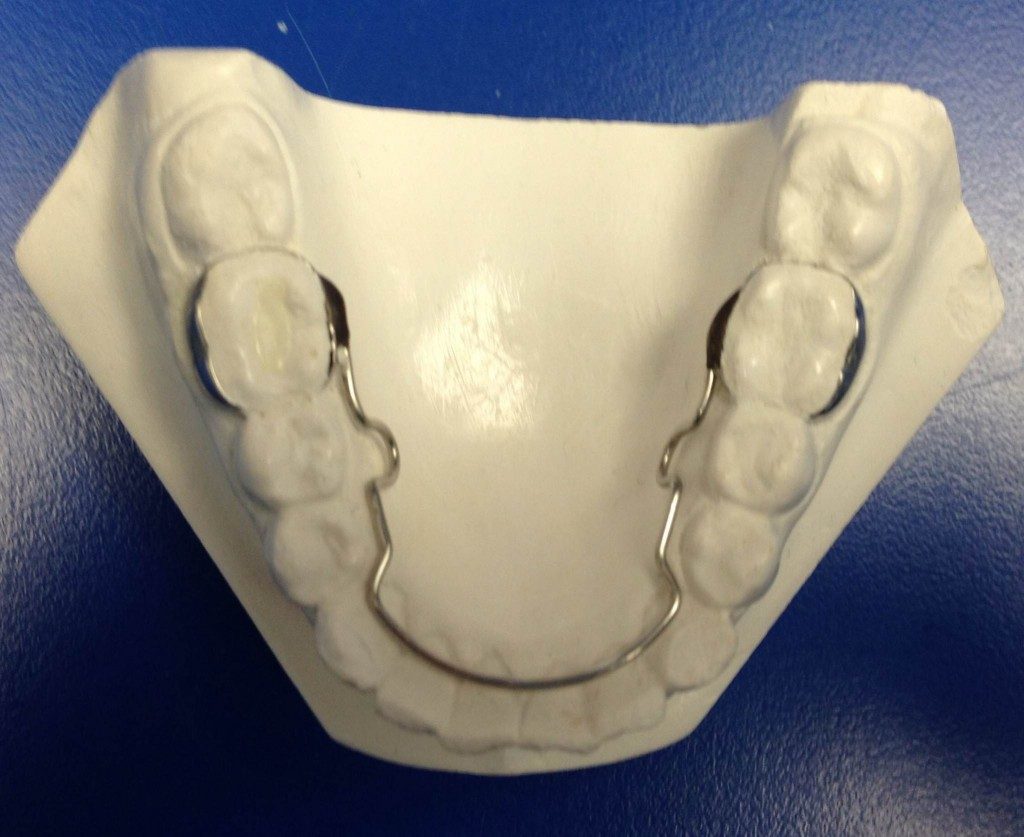
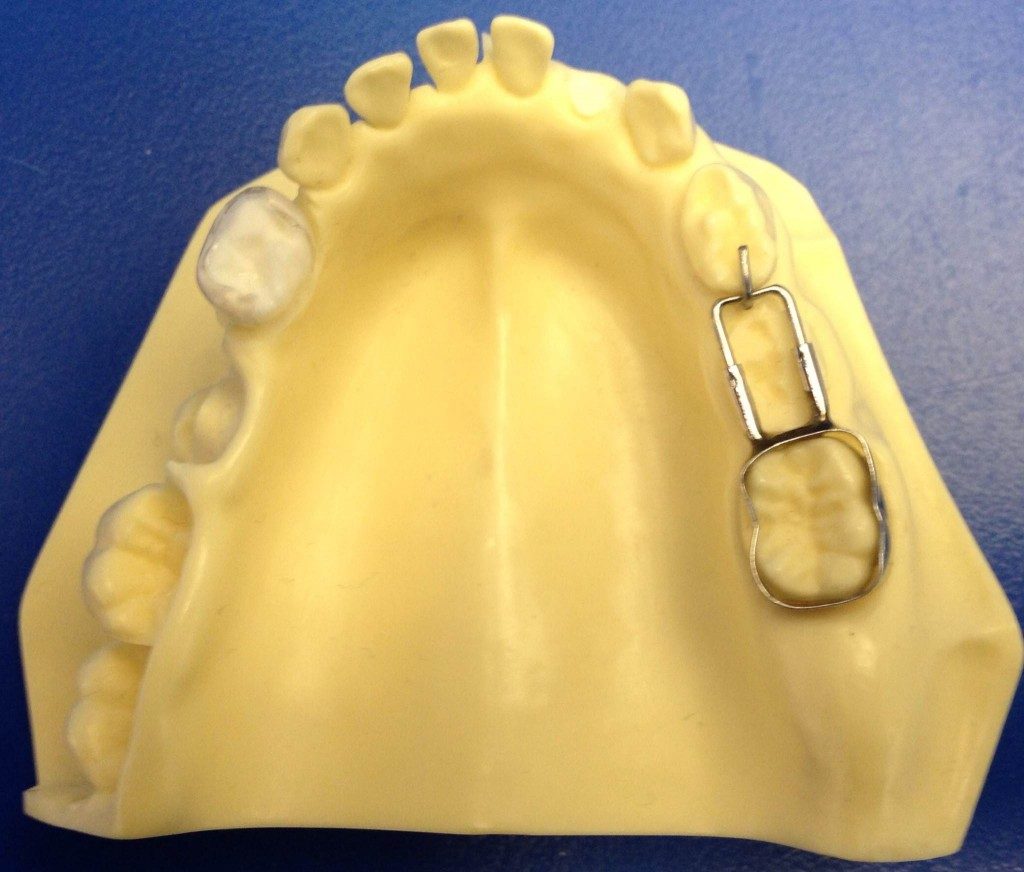
If your child has a habit of sucking the thumb, fingers, pacifiers, lips or tongue, he or she may be causing unconscious damage to the oral structure of the mouth. Abnormalities include an improperly shaped mouth, protruding teeth and bite shifting. Traditional counseling methods and positive reinforcement strategies are commonly used to combat these problems, but they are not always successful. Our dental office offers many types of custom-designed oral appliances that can help your child stop these harmful habits when traditional methods fail to work. We will never make your child feel bad or embarrassed by his or her habit. Instead, we will offer positive encouragement to help your child feel empowered and in control. These motivations will help your child want to stop the harmful habit.
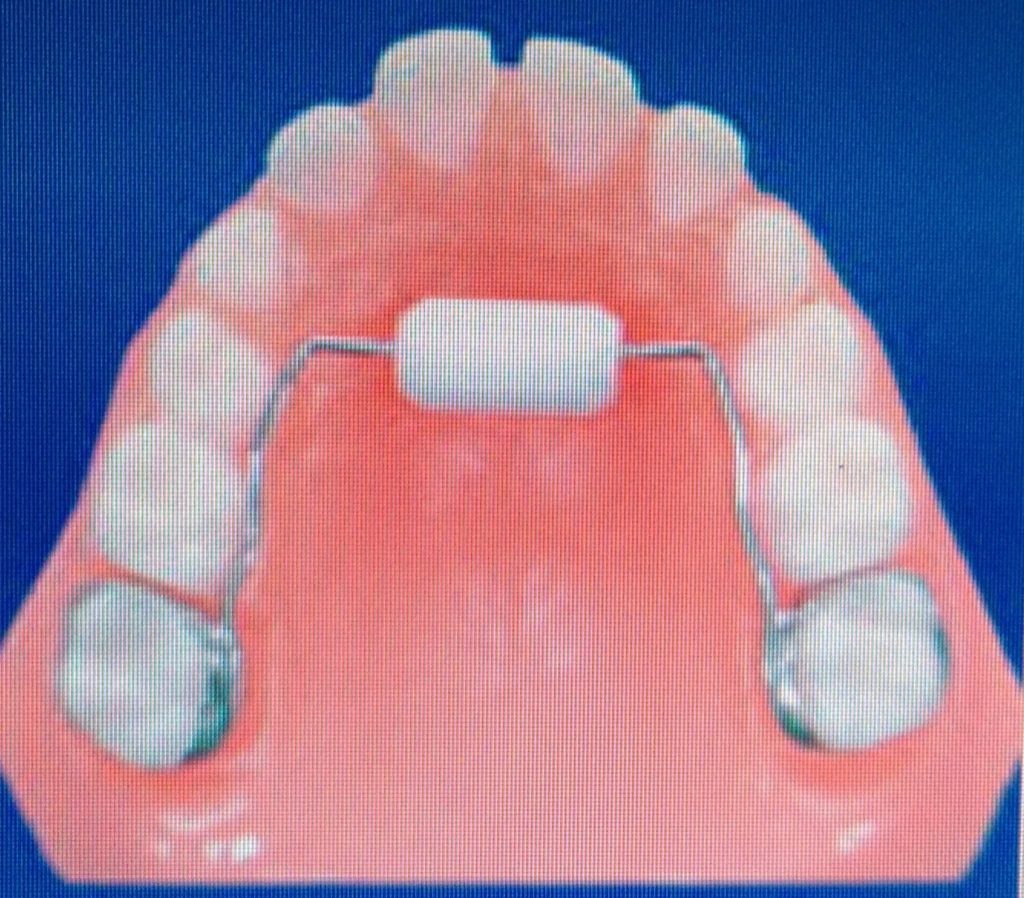
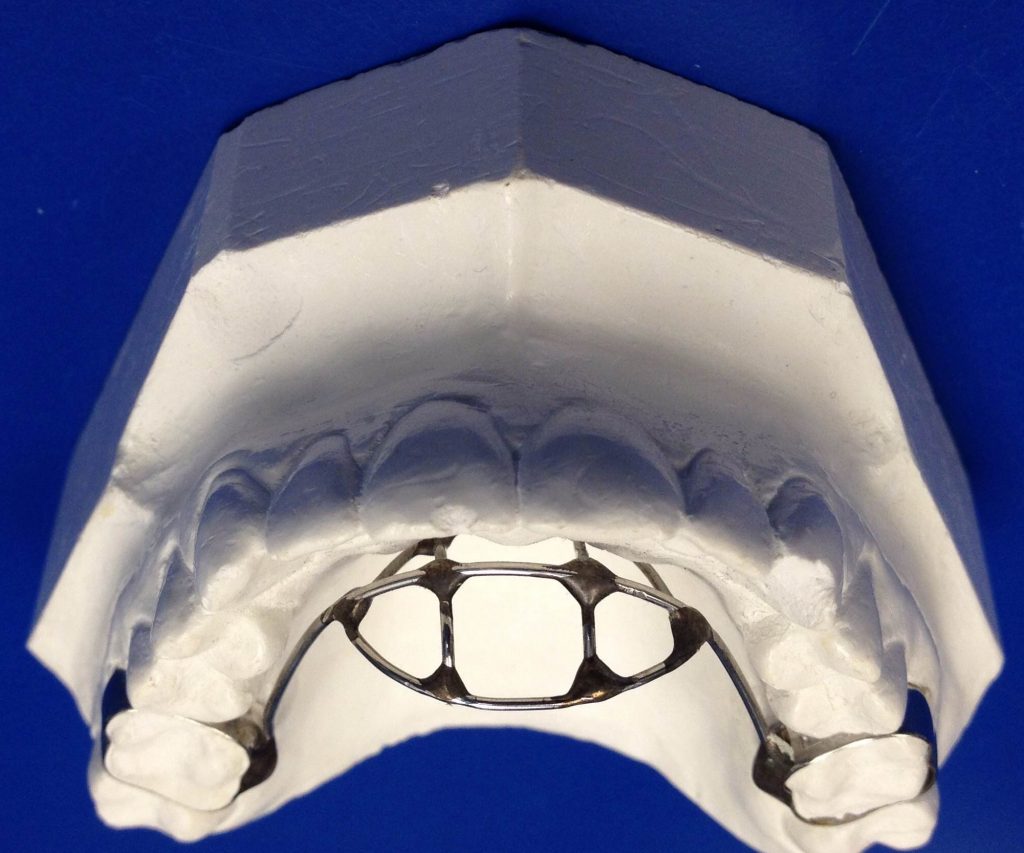
It’s never too early to keep an eye on your child’s oral development. Dr. Blanco can identify malocclusion (crowded or crooked teeth) or bite problems and actively intervene to guide the teeth as they emerge in the mouth. Interceptive orthodontic treatment can prevent more extensive treatment later. Dr. Blanco checks the progress of your child’s bite and jaw development with routine dental examinations. This early assessment of your child’s teeth may prevent extensive orthodontic work in his/her future.
Emergency Treatment:
If your child is experiencing a true dental emergency, Dr. Blanco can be reached at 907-713-4888. We are available to handle emergency situations for our patients 24/7. If your child appears to be suffering from injuries that extend beyond the mouth, call 911 or take your child to the emergency room.
If your child has a toothache, clean the affected area with a toothbrush and toothpaste. Rinse the mouth vigorously with warm water and use dental floss in the surrounding areas. If your child needs a pain reliever, administer Tylenol or Motrin according to the package directions. Do not place aspirin on the tooth itself or on the gums. If the face is swollen, apply cold compresses and contact our office immediately. A swollen face could indicate a serious problem requiring immediate attention.
Baby teeth are not reinserted into the gums as this can cause harm to the permanent teeth
Many children sustain facial and dental trauma from sports-related injuries and other accidents such as riding into a stationary object on a bicycle. If your child has sustained an injury, remain calm. If your child has knocked out a permanent tooth, prompt attention is necessary to maintain the life of the tooth. We may be able to treat the injury at our office, although less severe cases may be able to be treated at home until you can find time to come in. If your child is suffering from an injury that goes beyond the extent of the mouth or other oral structures, call 911 or take your child to the emergency room.
If your child’s permanent tooth has been avulsed (knocked out), follow the steps below to attempt to reinsert it.
- Hold the tooth by the crown. Avoid touching the root.
- Rinse the tooth with salt water or milk. NOTE: Do not use water to rinse the tooth.
- If the root is intact, try to reinsert the tooth into the socket. If unable to do so, place the tooth in a glass of milk and take it and your child to the dentist immediately.
If your child has knocked out a baby tooth, take him or her to the dentist as soon as possible.
Behavior and Pain Management:
Dr. Blanco is committed to providing dental care to your child in the most compassionate and comfortable way possible. Many children are nervous about going to the dentist for the first time and may have unique dental problems that exacerbate their worries. These fears can be easily relieved by using routine strategies, but more advanced techniques are sometimes needed to help the child relax and trust the dentist. Part of pediatric dental training includes early childhood development and childhood psychology. Our staff is well-versed in effective behavioral management techniques. Please feel free to discuss any concerns or behavioral problems with our staff. We encourage open communication between the doctor, the patient and the parent.
This type of sedation is given as an inhalational agent, where the child wears a mask on their nose, which delivers the nitrous oxide. The patient inhales the agent and exhales the agent without processing the agent. This means they breathe it out the same way they breathe it in. This type of sedation is good to use with children who may have slight anxiety, or have limited work that needs to be done.
Nitrous oxide acts to change the nitrogen levels in the body, and creates a slight “happy” feeling in children. It does not put your child to sleep. Once your child is on 100% oxygen, they will have no residual effects. Nitrous oxide is the safest drug that we have in anesthesia and dentistry.
This type of sedation is good to use with children who may have slight anxiety, or have limited work that needs to be done.
Many people describe this as “sleep dentistry”. We do not believe in this technique, or using “deep sedation” with children, we use oral or IV conscious sedation to help facilitate your child’s treatment. The route of administration is dependent on your child’s age and length of treatment needs.
After sedation, your child is not to go back to school. They will need to have someone at home with them to monitor them. Because our sedation is very mild, it may seem that your child is not sedated anymore. However, we still recommend that your child engage only in quiet play at home, and that they have limited physical activity.
General anesthesia is sometimes necessary for children that are unable, by either age or maturity level, to cooperate during dental treatment. These cases are done on an outpatient basis at our affiliate Bartlett Hospital.
General Anesthesia is most helpful for:
- Infants
- Children who require major treatment.
- An extremely anxious child, or
- Children who are medically compromised or have special needs.
Dr. Blanco will discuss all treatment options with you and make recommendations as to what is the best modality to treat your child while keeping them safe and comfortable.